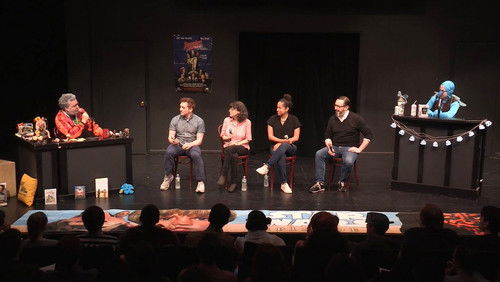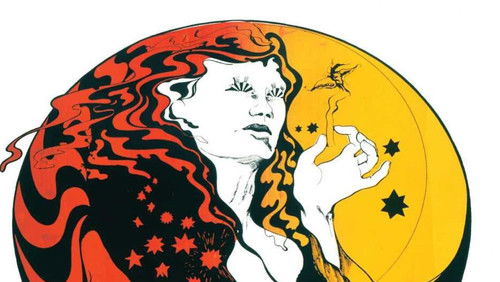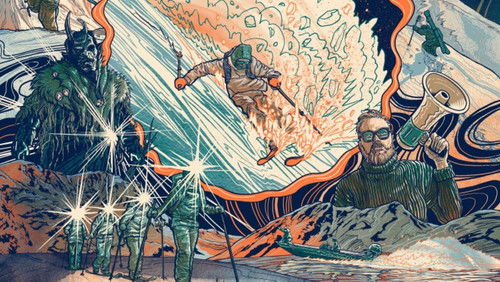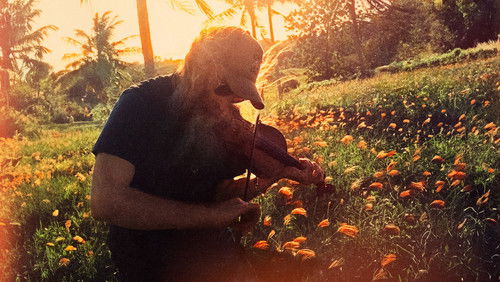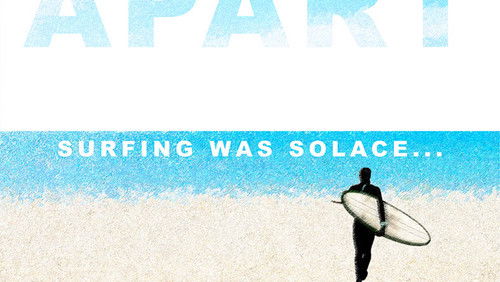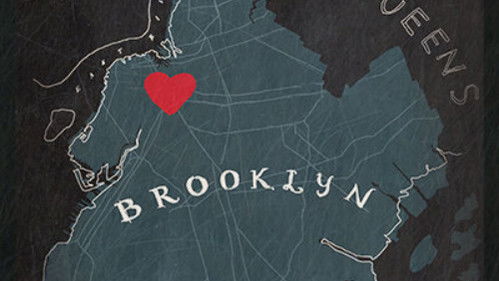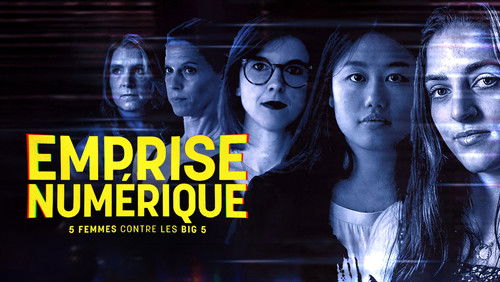Beautiful Darling (2010)
25KBeautiful Darling: Directed by James Rasin. With Candy Darling, Andy Warhol, Holly Woodlawn, Fran Lebowitz. A documentary on Candy Darling, The Life and Times of the Andy Warhol Superstar.
“Edie Sedgwick, Andyu0026#39;s druggie socialite u0026quot;muse,u0026quot; and a real girl, was dead by 1971. Among the u0026quot;chicks with dicksu0026quot; who gathered at the second, Union Square version of Andy Warholu0026#39;s Factory, Candy Darling was the most ethereal and beautiful and pure, it seems from this documentary, which recounts her short life. She died of lymphatic cancer before reaching the age of thirty, already by then cast off by Andy, who used Holly Woodlawn and Jackie Curtis in later films. One of the many photographers who lensed her, Peter Hujar did a glamorous portrait of Candy on her hospital deathbed, garlanded with roses and still perfectly made up.u003cbr/u003eu003cbr/u003eThis documentaryu0026#39;s existence is due to the devotion of Candy Darlingu0026#39;s closest male friend, Jeremiah Newton, prominently featured and also a producer. He still carries the flame, and Beautiful Darling is book-ended by his arranging for Candyu0026#39;s ashes to be buried along with his (Jeremiahu0026#39;s) motheru0026#39;s, under a tombstone for them and, when his time comes, Jeremiah himself. Back in the day, he attached himself to Candy Darling when he was only sixteen and when she had a preferred place in the Factory and the Factory hangout Maxu0026#39;s Kansas City.u003cbr/u003eu003cbr/u003eNewton approached James Raisin (whou0026#39;s made films about the Beats and written stuff about Mapplethorpe and Patti Smith and a screenplay for Abel Ferrara about Warhol) with piles of memorabilia about Candy and interview tapes he made right after her death with people who knew her. He also had archival film footage. Raisin has woven together all these records and his own recent interviews with some germane and often pungent talking heads, including Fran Lebowitz, Glenn Ou0026#39;Brien, Taylor Mead, Bob Colacello, John Waters, Gerald Malanga, Paul Morrissey, Holly Woodlawn, Pat Hackett, George Abagnalo, and Sam Green, among others, to make Beautiful Darling an excellent record of the person and the context and another valid entry in the collection of cinematic Warholobilia. There is lots of good and appropriate music, and for readings of letters and statements, Chloe Sevigny does the voice of Candy Darling.u003cbr/u003eu003cbr/u003eShe was originally Jimmy or James Slattery, and as weu0026#39;re told in Lou Reedu0026#39;s famous song u0026quot;Walk on the Wild Side,u0026quot; which describes the u0026quot;chick with dicksu0026quot; Andy used and threw away, u0026quot;Candy came from out on the Island,u0026quot; Long Island, that is, from a flat monotonous development in Forest Hills.u003cbr/u003eu003cbr/u003eCandy came from out on the Island/In the backroom she was everybodyu0026#39;s darlinu0026#39;/But she never lost her head/Even when she was giving head/She says, Hey babe/Take a walk on the wild side/I Said, Hey baby/Take a walk on the wild side/And the coloured girls go/Doo do doo do doo do do doo…u0026#39; While Edie Sedgwick was born a real girl, Holly Woodlawn, Candy Darling, and Jackie Curtis were among the various trannies who gathered at the Factory. u0026#39;Take a walk on the wild sideu0026#39; was a come-on to prospective johns, meaning, Have sex with a transvestite prostitute. But what we learn from Beautiful Darling is that the Warhol Factory girls werenu0026#39;t all alike.u003cbr/u003eu003cbr/u003eNo one worked harder at being a girl than Candy, but not just at being a girl — at being glamorous and beautiful, inspired by memories of Forties screen divas seen in TV movies and dreams of Hollywood fame. She didnu0026#39;t always necessarily say much, except when performing somebodyu0026#39;s lines, always in that special breathy feminine voice of the drag queen (or Marilyn). She was in Warholu0026#39;s Flesh and Women in Revolt. Candy used her Warhol film fame to land other screen appearances, and Tennessee Williams, who was among her admirers, cast her in his play, Small Craft Warnings. (Warhol, in one of the clips, says he was making movies because it was easier than painting.) It was not only hard work but dangerous work. Back in the Sixties it was illegal in New York for a man to be on the street dressed as a woman. They could be hauled off by the cops just for wearing heavy mascara, so the trannies carried their dresses in shopping bags and slipped their gear on slowly till night came, and it was safer. (Agosto Machado tells us about this.) Beautiful Darling shows us hints of Candyu0026#39;s Jimmy Slattery origins, including a still of the then boy of 14 or so stretched on a chaise longue in shorts, showing long, sleek ivory gams. Itu0026#39;s strange to see Jeremiah, who like not a few of the former Warhol beauties, is a big limping blob of a person now, as a wraith-like androgynous beauty himself, when with Candy. But in a self-penned obit, Candy mentions poor Jeremiah way down in her list of people she loved and owed it all to.u003cbr/u003eu003cbr/u003eJohn Waters is always a sharp voice, but Fran Lebowitz, is the treasure here. Not just she but Andy himself says Candy should not lose the penis. She just wouldnu0026#39;t be the same. Apparently she and Newton were not a couple and she had no man in her life. The film ends with the line that to be true to yourself is the greatest morality. But as Lebowitz points out, a transsexual who becomes female never had a girlhood. And so Candy, though wonderfully successful at being a glamorous mirage, found it terribly hard work. Fran points out real women donu0026#39;t work so hard all the time. And so it is artificial, and exhausting, and Candy was ready to die of cancer. When the tumor was found, it ushered in one of her greatest roles, that of a tragic early death.u003cbr/u003eu003cbr/u003eBeautiful Darling had its world premiere at the Berlinale in February 2010, showed at the BFI Lesbian and Gay Film Festival in London in March, and will be presented as part of the New Directors/New Films series of the Film Society of Lincoln Center and the Museum of Modern Art, April 2, 2010 at MoMA and April 3 at the Walter Reade Theater.”
